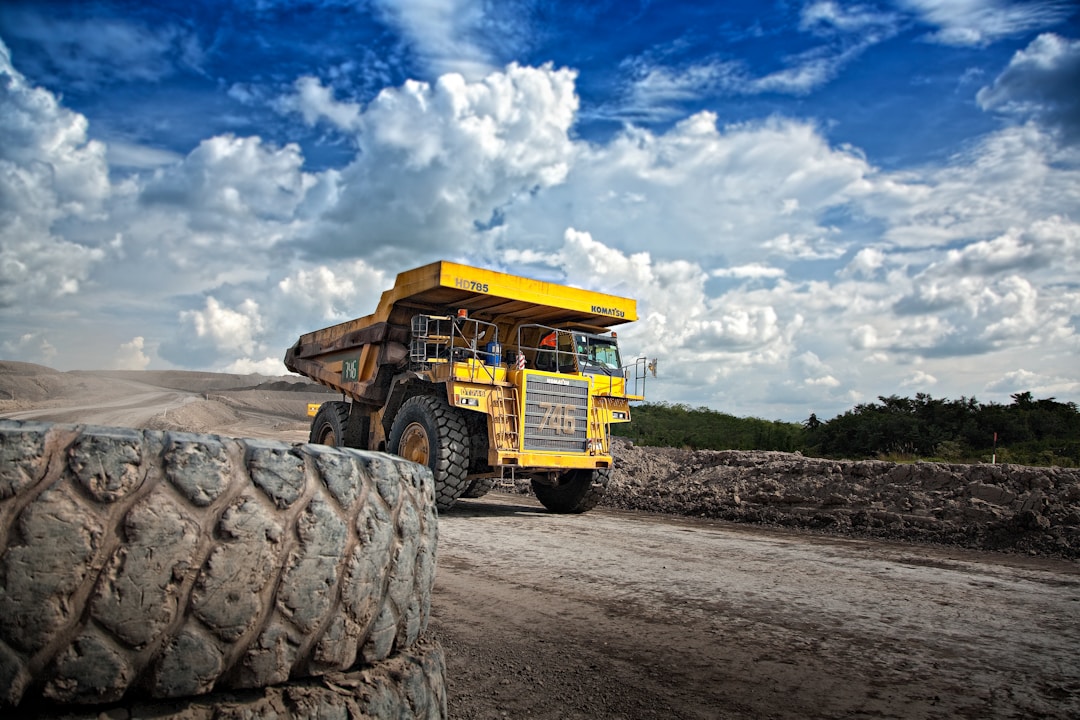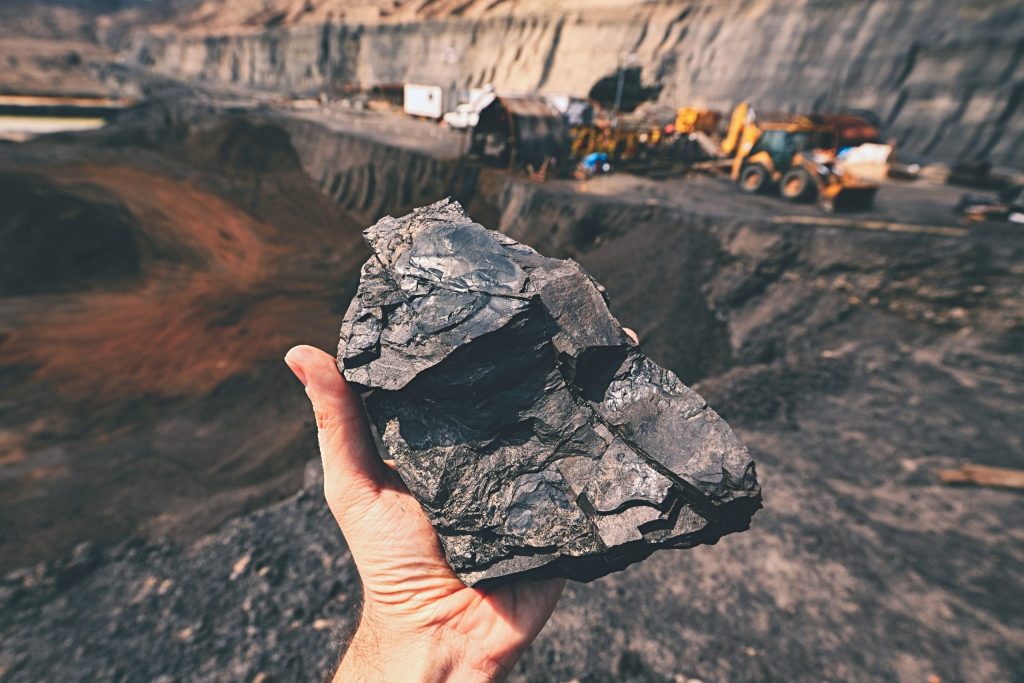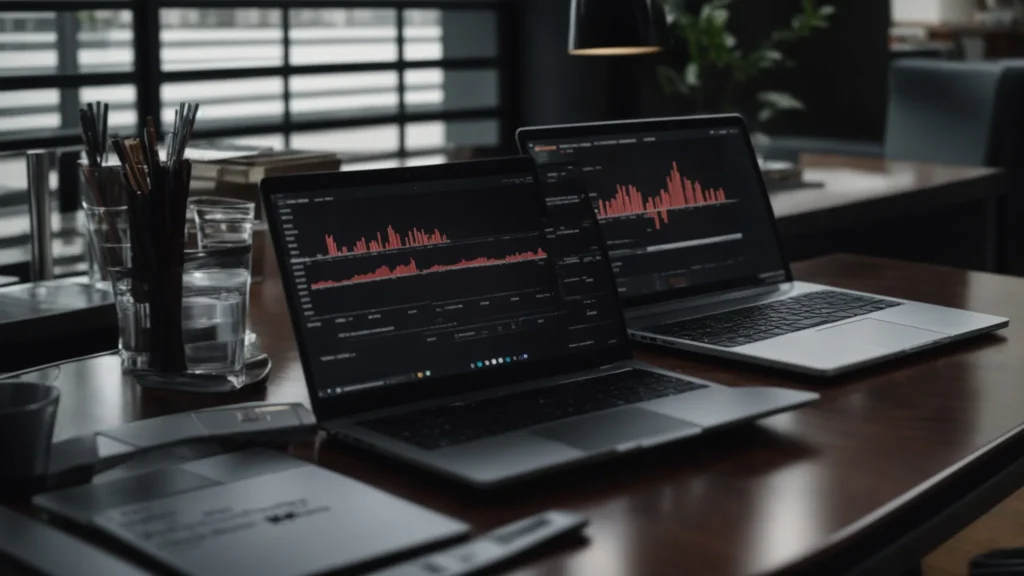Mining companies rely on a sprawling toolbox to facilitate complex operations all around the world. From power solutions to drilling equipment, miners in a variety of subfields of Earth element extraction utilize complicated processes and tools to conduct the drilling and extractions that power the consumer world that we live in. Learning about these resources and tools can help those who are thinking of a career in mining, as well as investors who are trying to maximize profits within their portfolios.
Conducting deeper investigations into the ways in which mining companies operate can help investors make better decisions over the long term about companies to invest in and tertiary services that may be headed for a cycle of improved price mobility as a result of utilization within a heavy industry or other sectors.
Mining operations are intimately linked to many other market sectors.

The truth is that a great many industrial sectors (mining included) are linked to one another in a dizzying array of cross-relationships. A change in the power consumption or procurement of a precious metals mining company can affect the share price of natural gas producers, just like it can the jewelry industry on the consumer end of the commodity pipeline. From Australian mining generators to solar panels, power is a key feature in the price stability and value of miners, manufacturers, and telecommunications firms. The need for high-quality power solutions remains a key feature in the mining industry, and custom-built generators are a highly prized facet of this requirement. Many brands utilize top-of-the-line diesel and renewable generator options. The type of power solution that any given gold, shale, or copper miner employs in their drilling can signal either staying power or a vulnerability over the long term.
Indeed, one of the more difficult to quantify movements within the mining industry is how the shift toward prioritized renewable energy sources will impact the utility of these firms and the products that they produce. Solar, wind, and hydroelectric power are fantastic consumer options that are lending themselves perfectly to the battle against climate change and destructive human habits. Yet, these sources are often lacking when it comes to the heavy applications that mining and other utility outlets require for their production. This means that many firms are bucking wildly against this rapidly sliding landscape. For many, the question of how to balance increased pricing models (as a result of the introduction of renewables that are less effective) against the social and environmental harm that rejection brings about lies at the heart of the mining industry more broadly.
Some firms are leading the charge, however.

Gold miners like Alamos Gold are driving change from the front, though. Alamos Gold Inc. (NYSE:AGI) is a Canadian multinational gold mining operation that maintains three highly productive mines in North America. One thing that sets Alamos apart is its industry-leading environmentalism. From the Mulatos Mine (in Sonora, Mexico) to the development projects in the Republic of Turkey, Alamos has rethought the use of cyanide and other heavy chemical agents that have poisoned groundwaters for decades in areas surrounding mining sites.
Likewise, in Sonora, Alamos has tapped into the national grid rather than bringing in portable generators in order to limit harmful power solutions. Alamos Gold is working tirelessly to rewrite the playbook when it comes to damage that the mining industry has the potential to cause to the surrounding environment. While Alamos is a breath of fresh air in this regard, the firm is also an industry leader when it comes to low-cost extraction. The projects in the Republic of Turkey, for instance, are set to add hundreds of thousands of ounces of gold per year to the firm’s total output at one of the lowest price-per-ounce figures on the market.
Gold mining is changing for the better. Consider these shifts in your next portfolio rebalancing.










